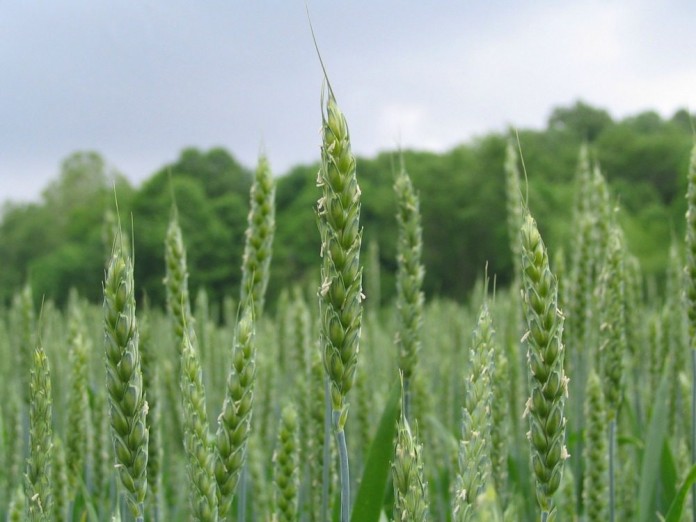
WOOSTER, Ohio — Wheat in Ohio is nearing the critical flowering growth stage, and some growers are concerned about disease development.
While wet, humid conditions during flowering can lead to head scab development, the forecast for cooler temperatures over the next several days should help to slow down this disease, said Pierce Paul, an Ohio State University Extension wheat researcher.
Critical stage
At this point, much of Ohio’s wheat is in good shape and likely to continue flowering, which is the critical stage when people are concerned about disease development, said Paul, a plant pathologist with the Ohio Agricultural Research and Development Center.
“While head scab does not develop every year, wet, humid weather during flowering can contribute to its development in some areas this season,” he said.
To control this disease, he recommends growers apply either Prosaro or Caramba fungicides at flowering.
“Fungicides are most effective against scab and vomitoxin when applied at flowering,” Paul said. “Earlier applications will provide adequate control of Septoria and Powdery mildew, but will not control scab.”
Forecasting system
To assess the risk for scab and determine whether a fungicide application at flowering is warranted for scab control, growers should use the Wheat Scab forecasting system, www.wheatscab.psu.edu, which is up and running and available for use in Ohio.
Depends on rain
Frequent rainfall always puts the crop at risk for head scab development and vomitoxin contamination of the grain, but these will only become a concern if it continues to rain during flowering and temperatures increase, Paul said.
“This is because the wheat plant is most susceptible to scab during flowering, and the scab fungus infects and causes the most damage when warm, wet or humid weather coincides with flowering,” he said.
He encourages growers to keep their eye on the scab forecasting system, which he says is still the best way to forecast risk in their area.
“If the forecasting system indicates that the risk is moderate to high, then you should apply the fungicide.”
How to use
To use the system, growers need to select wheat type (winter) and their flowering date, which is the day when anthers are first seen sticking out of the heads.
Color patterns across Ohio and neighboring states will then indicate the level of risk in the region for the flowering date selected, he said. Red indicates a high risk, followed by yellow for moderate risk and green for low risk, Paul said.











